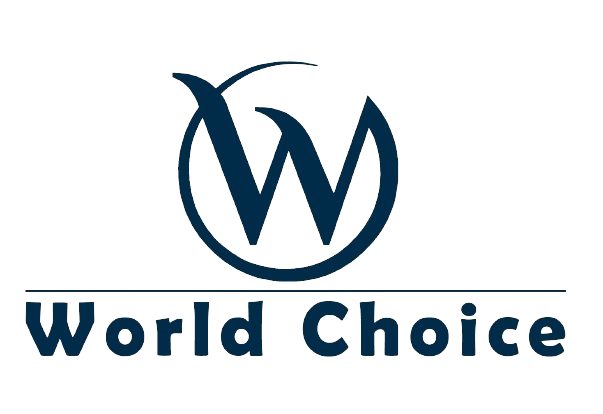Mastering Social Media Marketing: Elevating World Choice Hotel Private Limited’s Online Presence
In today’s digital age, social media marketing has emerged as a powerful tool for hotels to engage with guests, enhance brand visibility, and drive bookings. World Choice Hotel Private Limited recognizes the significance of leveraging…










